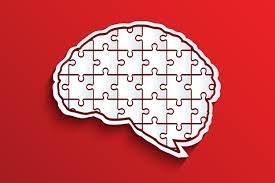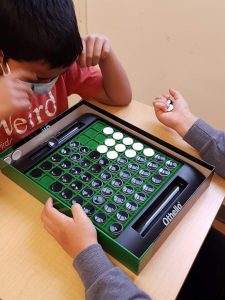Geologist Presentation – Bonus Questions, Optional!!
Hello Everyone,
This is a bonus e-port activity — it is 100% optional! We had a great presentation today from Minerals Education BC, with our visiting geologist Derrick. Ms. D took some notes and I have some bonus questions you can answer on an e-port if you want to show what you know! It is amazing how much we discussed today!!!
This is 100% optional for my students who are extending in geology and would like to have the challenge. It is due whenever you finish it. This activity is not connected with our Classroom Economy activities.
________
Name 15 different things a geologist needs to take with them into the field when they go and search for minerals.
How do we know where a certain mineral can be found? (Hint, what is the process they use to check, with a specific name)
How much does it cost for a drill to go into the Earth for 100m?
Why is copper used in electronics?
How many different elements are in a smart phone? Name four.
Which two elements that are frequently used in electronics are difficult to recycle and cause environmental issues?
If you were extracting copper from a rock, what percentage would be copper and what percentage would be waste?
What is rock waste called?
Which two elements are often in rock waste that can be toxic and a pollutant?
What are the two types of mines we mainly have in BC?
What mineral is used in a pencil?
How far down have humans been able to dig into the Earth?
How do we know the Earth has layers such as the mantle, outer core, and inner core?
What is the machine used for measuring earthquakes?
How thick is the Earth’s crust?
Why is Mt. Everest not technically the world’s tallest mountain? Which one is?
What makes the continental plates move on top of the mantle? (science word for the force involved)
Where are the plates splitting apart, which could eventually become a new ocean?
What is the science word for how sedimentary rock is formed with burying, compacting, and then cementing?
What are the two types of igneous rock?
When would crystals be bigger?
What are three types of sedimentary rock we discussed?
What is the mineral word for salt?
When quartz is in liquid form, it travels through a crack, then solidifies in a ______ which can be extracted from the rock. Fill in the blank!
What is a mineral used in toothpaste?
What is a mineral used in ceramics?
What is a mineral used to make the paper for cards thicker, coated on the outside of each card?
Which elements/minerals create the reds and blues used in First Nations art along our coast?


